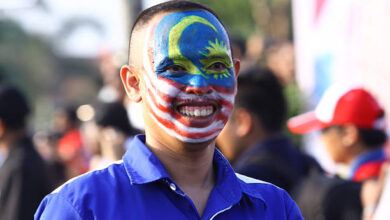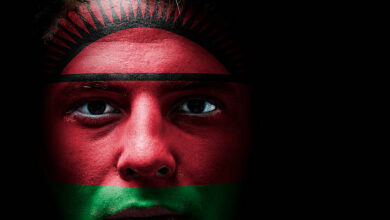What You Need To Know About Athlete’s Foot

We all should find pride in taking time to inform ourselves and know about contagious infections that can be easly transmittable to us. Athlete’s foot, also known as Tinea Pedis is one fungi infection we should look out for. Athlete’s fungi is a fungal infection affecting mainly the skin between the toes. It is a form of ringworm.
You probably ask yourself what is the genesis of such an infection. Well, Athlete’s foot is caused by a fungus called Trichophyton. The fungus can be found on floors and clothing, and the organisms require a warm, dark, and humid environment in order to grow. The infection spreads by direct contact with contaminated surfaces or objects. As the infection spreads, it may affect the soles of the feet or the toenails.
You are in a position of getting the infection when you:
- Visit public places like swimming pools and showers and locker rooms, walking barefoot
- Share socks and shoes with someone who is already infected
- Wear tight shoes and shoes that cover the toes
- Keep your feet wet for long periods
- You have sweaty feet and doing nothing about it
- A minor skin or nail injury on your foot
Symptoms of Athlete’s foot
- itching, stinging, and burning between the toes
- itching, stinging, and burning on the soles of the feet
- blisters on the feet that itch
- cracking and peeling skin on the feet, most commonly between the toes and on the soles
- dry skin on the soles or sides of the feet
- raw skin on the feet
- discolored, thick, and crumbly toenails
- toenails that pull away from the nail bed
You can prevent athlete’s foot by keeping your feet clean and dry. Dry between your toes after swimming or bathing. Wear shoes or sandals that allow your feet to breathe. When indoors, wear socks without shoes. Wear socks to absorb sweat. Wearing shower sandals in public pools and showers.






